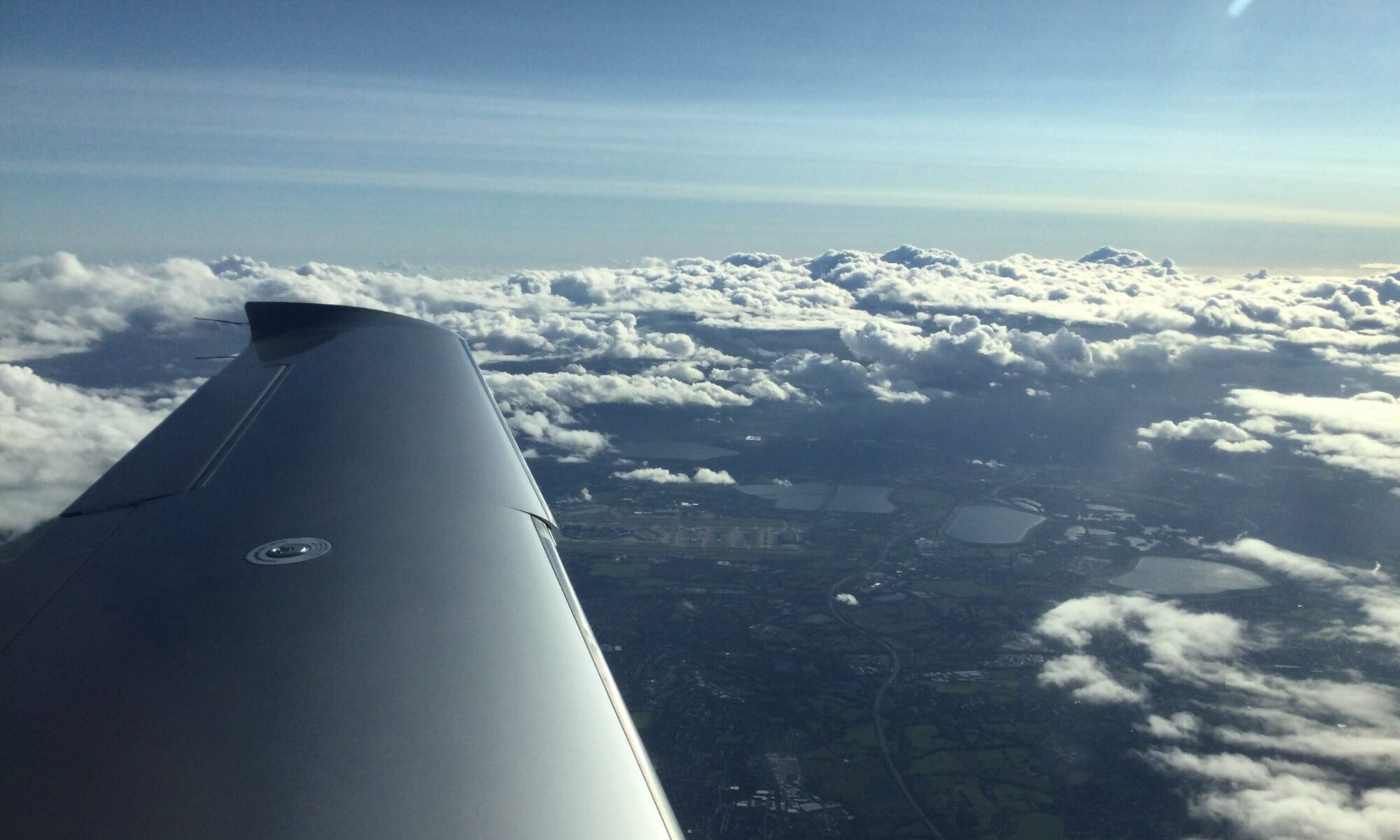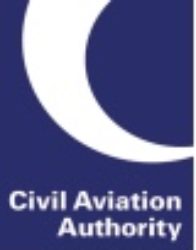It has long been known that UK CAA has been undergoing a review of the current RTF Practical test practices and recently they issued CAP 2117 “Introduction of new Flight Radiotelephony Operator’s Licence (FRTOL) Practical Test format and FRTOL Examiner Qualification Procedure” including the forthcoming publication of a new “FRTOL Examiners’ Manual (CAP2118)”.
The CAA aims to improve the current FRTOL testing system by introducing a new and more relevant FRTOL practical test format.
Changes to the RTF Practical and Communications Theory Include:
– Practical Test routes based on actual UK VFR Aeronautical charts and frequency reference cards replacing the current fictitious test routes.
– Candidates may choose their own aircraft category for the test (Aeroplane, Microlight, Helicopter etc).
– Scenario-based oral questioning included in the Practical Test.
– Updated set of Communication multiple-choice papers pending access to the eExam system.
More importantly, To enable FRTOL Examiners to verify that the required Radiotelephony training has been completed prior to the Practical Test, and to confirm that the candidate is aware of the subject matter and knowledge required, SRG 1171 has been updated and its completion is mandatory for all test applicants from 1 June 2022.

